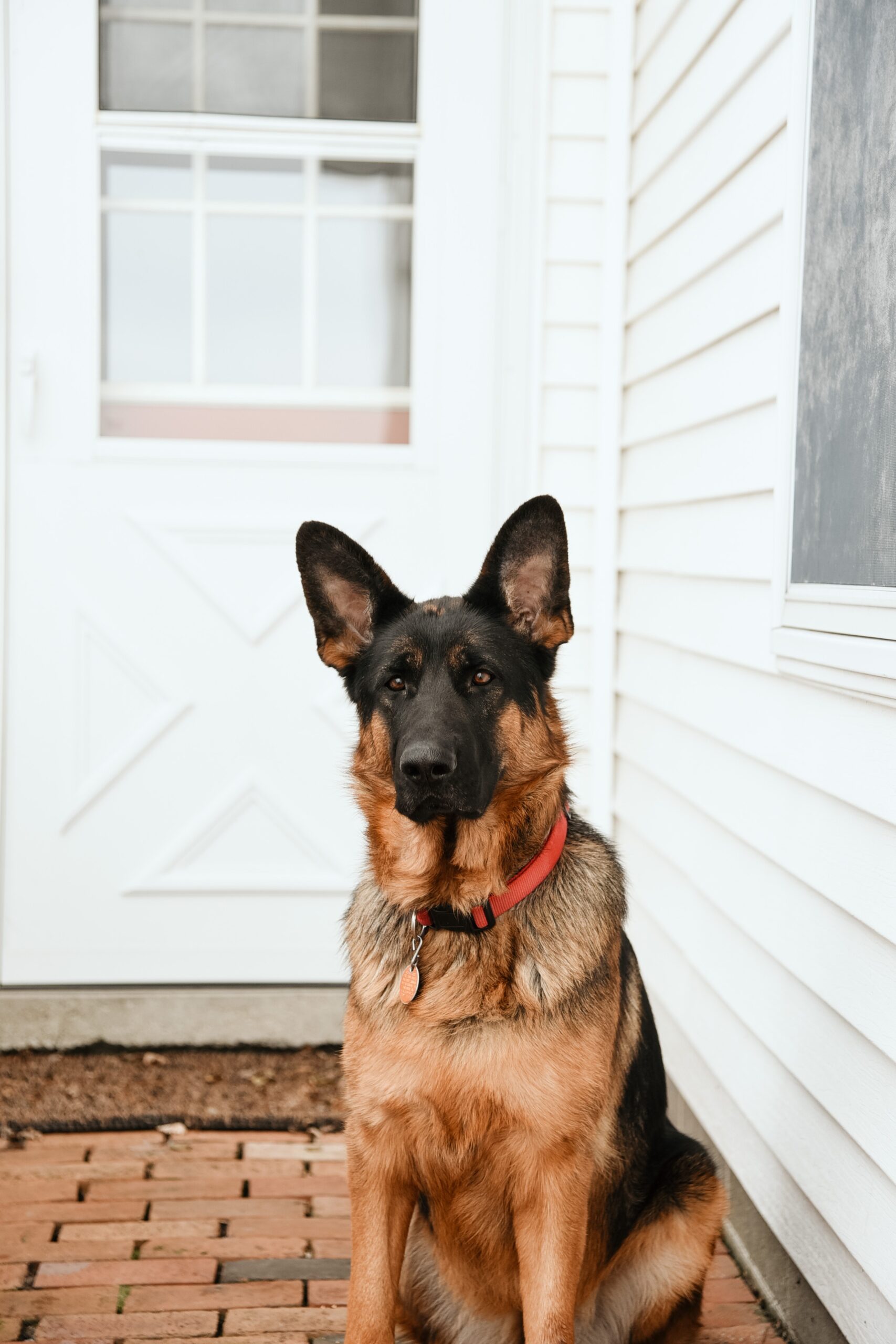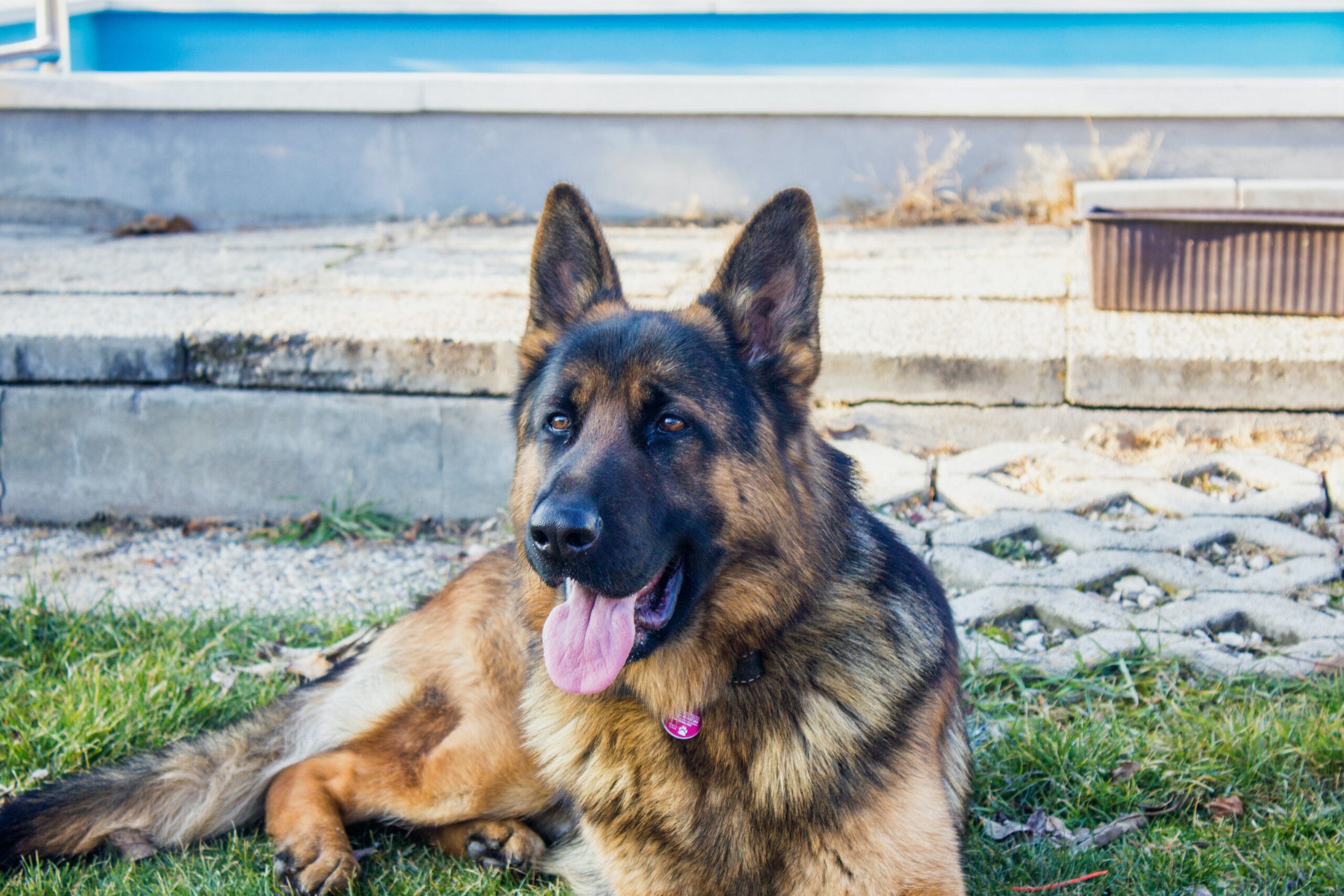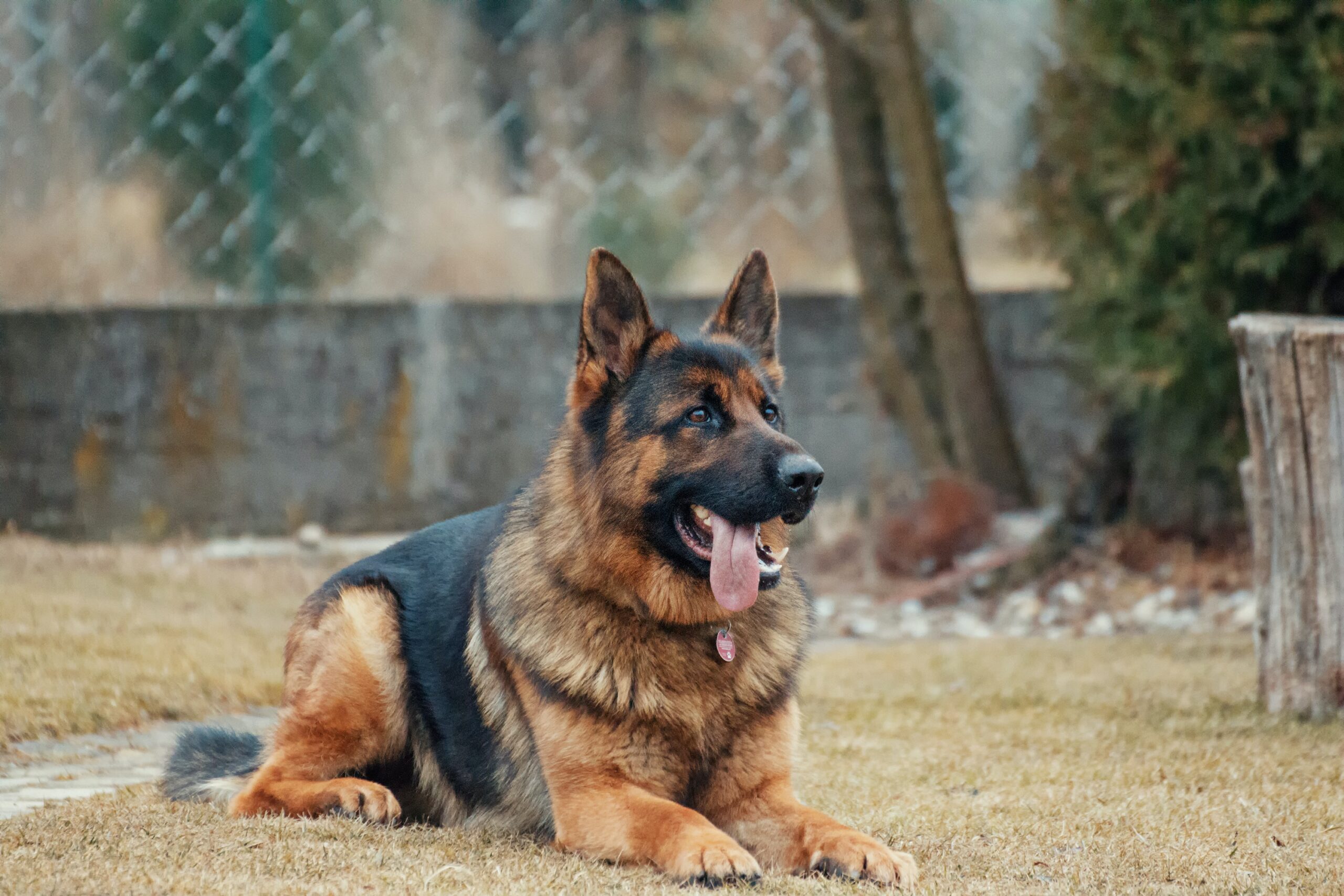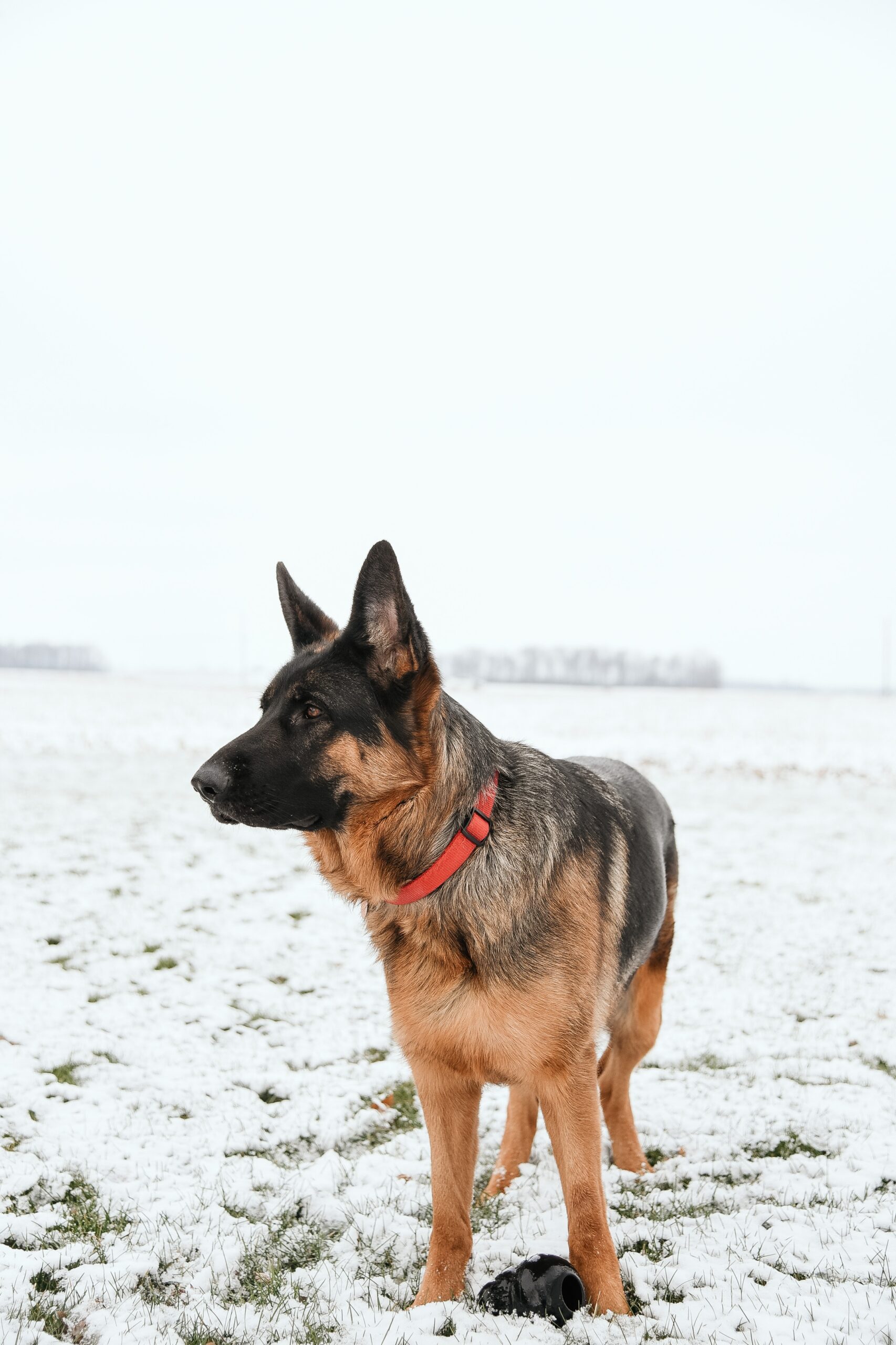The German Shepherd Dog is a huge, agile, muscular dog with a noble spirit and excellent intelligence. It is generally regarded as the best all-purpose worker in the canine species. The German Shepherd is unquestionably a dog lover’s dream dog because of its loyalty, assurance, bravery, and steadiness. The form of a German Shepherd Dog, which can reach a height of 26 inches at the shoulder, shows smooth, beautiful curves rather than sharp angles. Although their normal gait is a free-and-easy trot, they can speed up and attain high speeds.
German Shepherds are among the most prestigious breeds of dogs for a variety of reasons. Still, experts agree that their most distinctive quality is their character, which includes loyalty, bravery, and confidence as well as the readiness to risk their lives to protect those they love. However, according to the breed standard, German Shepherds have a “certain aloofness that does not lend itself to immediate and indiscriminate friendships.” German Shepherds make loving family dogs and dependable protectors.







 Health
Health Grooming
Grooming Exercise
Exercise Training
Training Nutrition
Nutrition